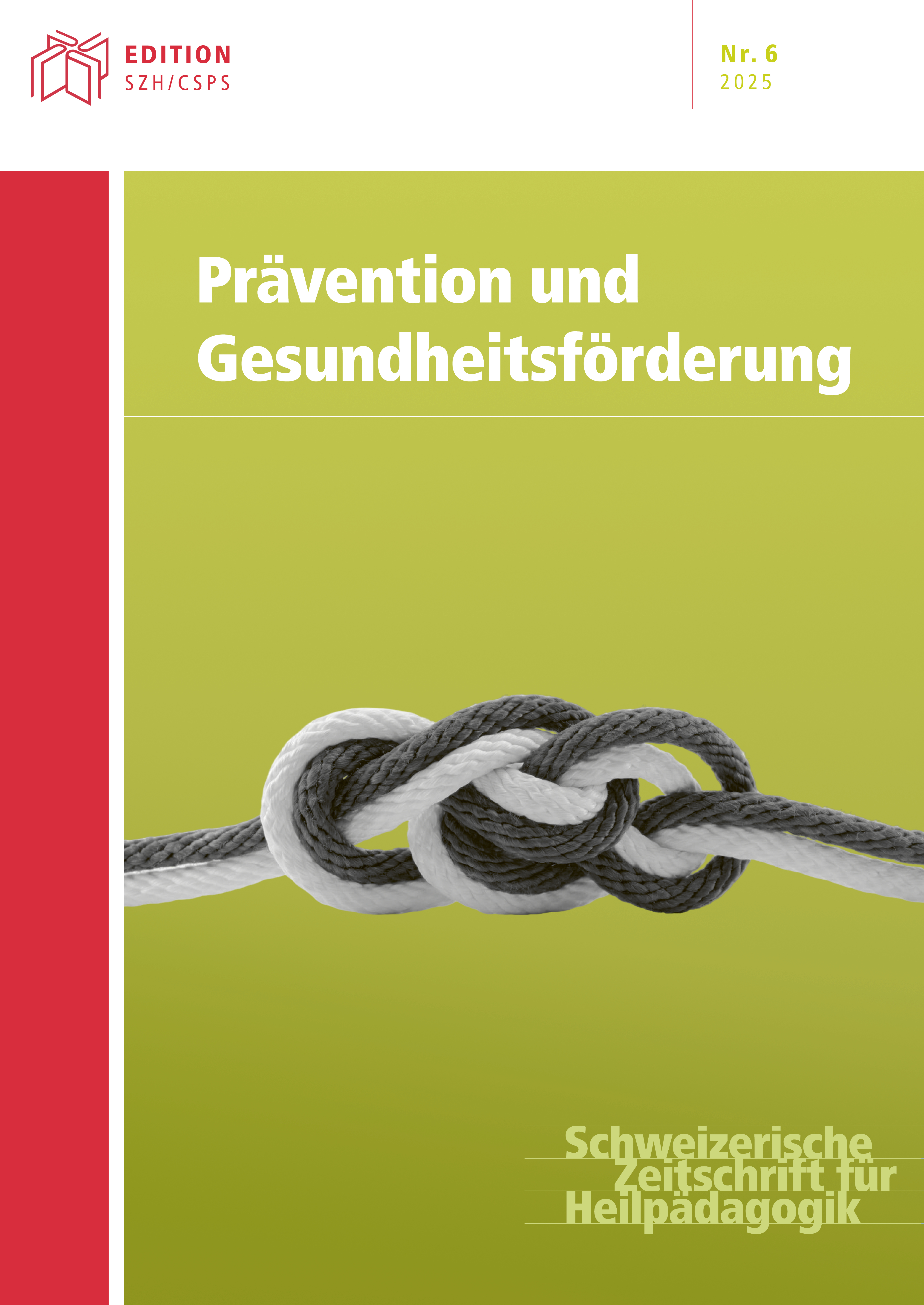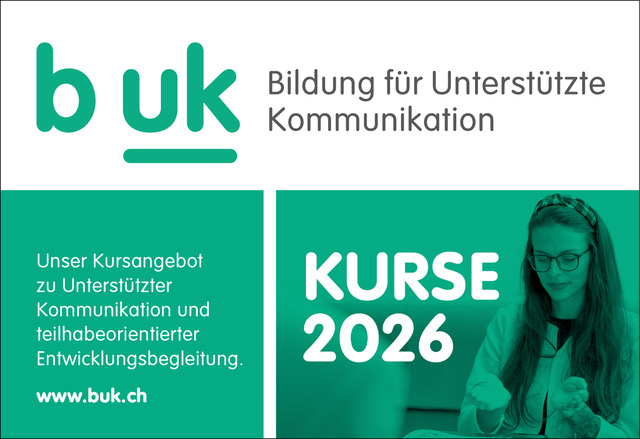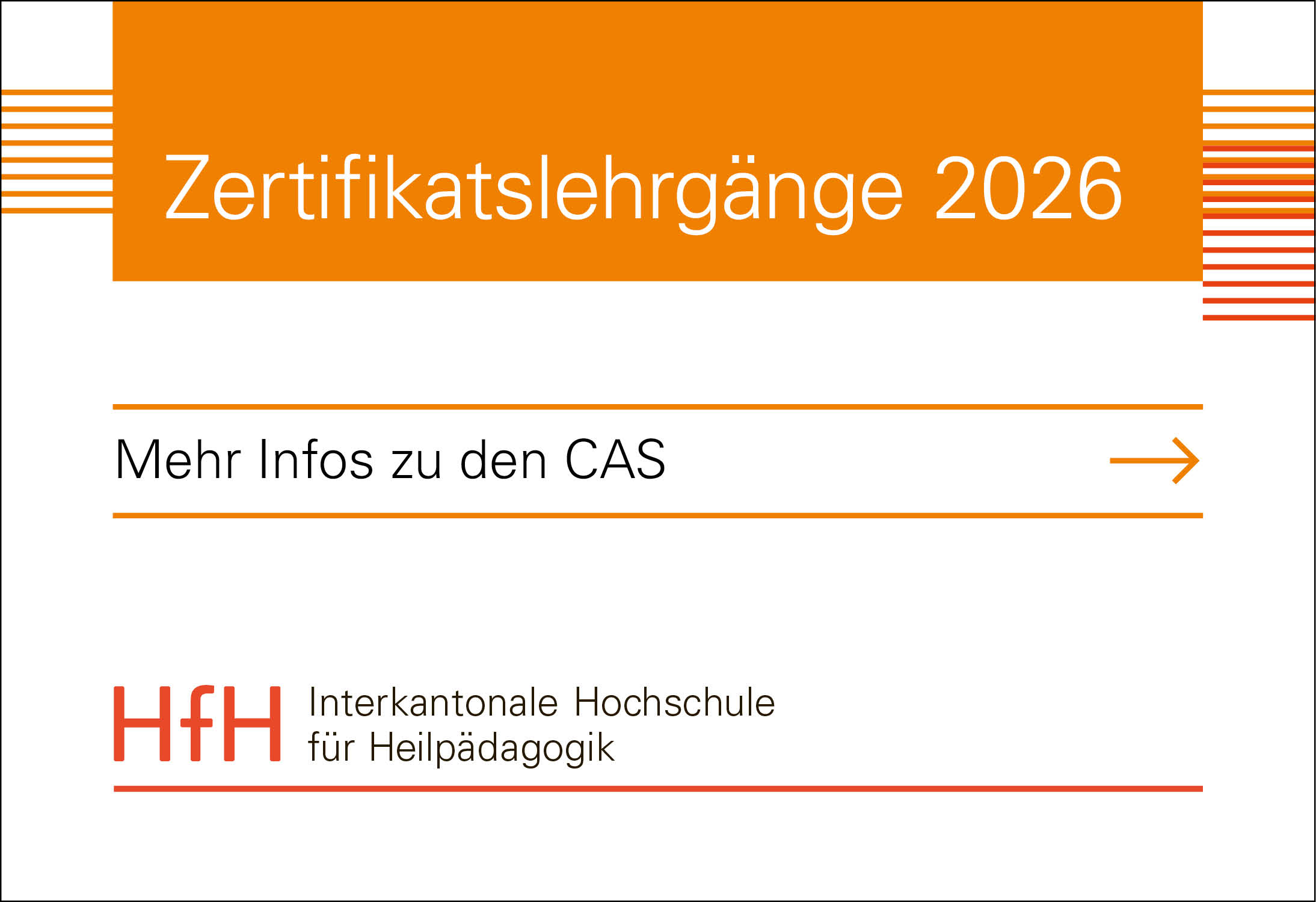Der innere sichere Ort: eine Ressource für Kinder und Jugendliche in herausfordernden Situationen
Eine partizipative Umsetzung wissenschaftlicher Ergebnisse
DOI :
https://doi.org/10.57161/z2025-06-02Mots-clés :
développement socio-émotionnel, intervention, pleine conscience, relation interpersonnelle, résilience, vidéoRésumé
En Suisse, de nombreux enfants et jeunes sont confrontés à des manifestations de violence à la maison et à l’école. Cet article présente les résultats d’un projet AGORA du Fonds national suisse (FNS). Ce projet avait pour objectif d’impliquer activement les jeunes dans le processus de sensibilisation aux expériences de la violence. Le projet est articulé autour d’une vidéo développée de manière participative sur le « lieu sûr intérieur » et d’un voyage imaginaire. Le « lieu sûr intérieur » est un lieu de repli mental pour la régulation des émotions et la consolidation de la résilience. L’intervention basée sur la pleine conscience offre aux enfants et aux jeunes un lieu de refuge à portée de main et permet la stabilité émotionnelle, le sentiment d’appartenance et l’autorégulation.
Références
Aksoy, D. (2023). Non-dichotomous violence resilience as a dynamic, adversity- and context-dependent construct: Person-centered conceptualizations for identifying vulnerable subgroups and developing targeted interventions. Doctoral dissertation, Faculty of Arts and Social Sciences of the University of Zürich.
Baierl, M. & Frey, K. (2014). Praxishandbuch Traumapädagogik – Lebensfreude, Sicherheit und Geborgenheit für Kinder und Jugendliche. Vandenhoeck und Ruprecht.
Cicchetti, D. & Toth, S. L. (2005). Child maltreatment. Annual Review of Clinical Psychology, 1, 409–438. https://doi.org/10.1146/annurev.clinpsy.1.102803.144029
Durlak, J. A., Weissberg, R. P., Dymnicki, A. B., Taylor, R. D. & Schellinger, K. B. (2011). The impact of enhancing students’ social and emotional learning: A meta-analysis of school-based universal interventions. Child Development, 82 (1), 405–432.
Enzmann, D., Kivivuori, J., Marshall, I. H., Steketee, M., Hough, M. & Killias, M. (2018). A global perspective on young people as offenders and victims: First results from the ISRD3 study. Springer International Publishing. https://doi.org/10.1007/978-3-319-63233-9
Favre, C. A., Kassis, W., Arnold, J. & Aksoy, D. (2024). The cycle of violence: Effects of violence experience, behavior, and peer rejection on resilience pathways of adolescents with parental physical abuse. Frontiers in Education, 9, Article 1359558. https://doi.org/10.3389/feduc.2024.1359558
Görges, H. J. & Hantke, L. (2012). Handbuch Traumakompetenz: Basiswissen für Therapie, Beratung und Pädagogik. Junfermann.
Hölzel, B. (2022). Achtsamkeit in der Bildung: Empirische Befunde und neuronale Wirkmechanismen. In D. P. Bogner & M. Harant (Hrsg.), Bildung und Achtsamkeit (S. 75–93). Springer VS. https://doi.org/10.1007/978-3-658-37473-0_5
Kitzmann, K. M., Gaylord, N. K., Holt, A. R. & Kenny, E. D. (2003). Child witnesses to domestic violence: a meta-analytic review. Journal of consulting and clinical psychology, 71 (2), 339.
Koslouski, J. B. & Chafouleas, S. M. (2022). Key considerations in delivering trauma-informed professional learning for educators. Frontiers in Education, 7, Article 853020. https://doi.org/10.3389/feduc.2022.853020
Moylan, C. A., Herrenkohl, T. I., Sousa, C., Tajima, E. A., Herrenkohl, R. C. & Russo, M. J. (2010). The effects of child abuse and exposure to domestic violence on adolescent internalizing and externalizing behavior problems. Journal of family Violence, 25, 53–63. https://doi.org/10.1007/s10896-009-9269-9
Opferhilfe Berlin (o. J.). Der sichere innere Ort. https://www.opferhilfe-berlin.de/wp-content/uploads/2021/02/der_sichere_innere_ort.pdf [Zugriff: 08.07.2025].
Reddemann, L. (2016). Imagination als heilsame Kraft. Ressourcen und Mitgefühl in der Behandlung von Traumafolgen. Klett-Cotta.
Valtl, K. (2021). Achtsamkeit und sozial-emotionales Lernen. Verbindungslinien in Forschung, Schule und LehrerInnenbildung. In T. Iwers & C. Roloff (Hrsg.), Achtsamkeit in Bildungsprozessen. Professionalisierung und Praxis (S. 31–48). Springer.
Wilson-Ching, M. & Berger, E. (2024). Relationship building strategies within trauma informed frameworks in educational settings: a systematic literature review. Current Psychology, 43 (4), 3464–3485.
Téléchargements
Publiée
Comment citer
Numéro
Rubrique
Licence
© Aksoy Dilan, Favre Céline Anne, Kassis Wassilis 2025

Ce travail est disponible sous la licence Creative Commons Attribution 4.0 International .








